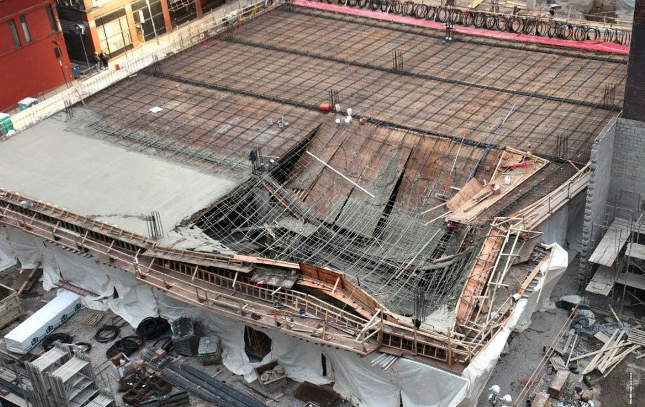What Are The Main Types Of Concrete Failures In Escondido?

- When certain types of aggregates, such as quartzite, are combined with alkaline substances in the concrete mix, these two ingredients can react to create an expansive gel that ultimately causes cracking and other damage.
- Steel bars and wires used to reinforce concrete structures can corrode over time when exposed to moisture or air pollutants like sulfur dioxide and carbon dioxide. This corrosion causes the steel to expand and break down the surrounding concrete.
- These form due to quick drying caused by low humidity or high winds when the concrete is still curing. The fast drying leads to shrinking in the surface of the concrete, creating shallow cracks.
- Unstable soil beneath a concrete slab can cause settlement, which leads to cracking and other damage as the weight of the slab pushes it down into an uneven surface.
- When water in the pores of concrete freeze and expand due to cold weather, this can ultimately result in spalling or flaking off of the surface of the concrete.
- Concrete structures exposed to high levels of sulfates from soil or groundwater can be subject to chemical reactions that break down their structural integrity over time.
- Other types of chemicals like acids and salts can also corrode and weaken concrete structures. It is important to identify and protect against any potential chemical threats in the construction environment.
FAQ’s
What Are The Common Causes Of Failure In Concrete Structures?
The seven main types of concrete failure are alkali aggregate reaction, corrosion of reinforcement steel, plastic shrinkage cracks, settlement, freeze-thaw damage, sulphate attack, and chemical attack. It is important to identify any potential causes of failure for a concrete structure before construction begins.
What Is Alkali Aggregate Reaction?
Alkali aggregate reaction is when certain types of aggregates in the concrete mix react with alkaline substances to form an expansive gel that causes cracking and other damage.
What Causes Corrosion Of Reinforcement Steel?
Reinforcement steel can corrode over time due to exposure to moisture or air pollutants like sulfur dioxide and carbon dioxide. This corrosion causes the steel to expand and break down the surrounding concrete.
Conclusion
It is important for builders to be aware of the various types of concrete failure and how they can be prevented. Alkali aggregate reactions, corrosion of reinforcement steel, plastic shrinkage cracks, settlement, freeze-thaw damage, sulphate attack, and chemical attack are some of the most common causes of concrete failure. For more information, contact Concrete Contractor Escondido at (760) 993-3343.